Located just 2–3 hours from Kuala Lumpur and about 5 hours from Singapore, Malacca was once a key trading port in Southeast Asia and is now a UNESCO World Heritage Site. This carefully crafted Malacca itinerary takes you through the city’s colonial history—from the Portuguese era to Dutch rule, and finally British influence—helping you explore the best historical sites, cultural landmarks, and local flavors.
Whether you’re visiting for one day or a full weekend, this Malacca itinerary will guide you to the must-see attractions and delicious dishes that make Malacca a unique and unforgettable destination.
Malacca Itinerary Overview: Walk Through Colonial History
Creating a fully chronological Malacca itinerary can be challenging because the city’s historic sites weren’t originally built in order. However, this Malacca itinerary follows the closest possible timeline, guiding you through the city’s history one colonial era at a time. Religious and spiritual landmarks are included within the periods they were established, adding rich cultural and social context to each stage of Malacca’s fascinating past.
Map Overview of the Walking Tour
The blue disks mark the route of the walking tour. Just follow the numbers. It starts at the river, continues through the Portuguese period, followed by the Dutch era, and ends with British history. You can open the full itinerary by clicking the arrow in the box at the top-left corner of the map.
Got Questions? Here’s What to Know
Definitely! Malacca is a quaint city filled with colonial architecture, riverside cafés, and rich history. You can easily explore most of it in a weekend. From Friday to Sunday, Jonker Street transforms into a vibrant night market—offering everything from delicious street food to local handicrafts and quirky souvenirs.
Absolutely. One full day—from morning to night—is enough to experience the city’s key sights. If you can, visit on a weekend to enjoy the buzzing atmosphere of the Jonker Street Night Market in the evening.
Most of the top sights are clustered in the city center, so it’s easy to see several in a short time. But if you’re especially interested in Portuguese history—or even speak a bit of Portuguese—consider visiting the Portuguese Settlement. If you’re lucky, you might meet locals who speak Kristang, a rare creole language mixing Portuguese and Malay. You can find more information about it at the end of the post.
Yes, there’s a beach quite close to the city called Tanjung Kling Beach, located about 20 km from the city center. You can get there by public bus (around 50 minutes) or take a taxi for a quicker and more convenient ride.
Start Your Malacca Itinerary: Melaka River — The City’s Birthplace
Start your Malacca itinerary along the historic Melaka River, where merchants from Arabia, India, and China once sailed upriver to trade. This river is considered the birthplace of modern Malacca, making it a perfect spot to begin your day. Take a leisurely walk along the riverside, admire vibrant murals and the iconic water wheel, and enjoy breakfast at one of the charming cafes nearby.
For a deeper experience along your Malacca itinerary, hop on a river cruise to glide through the historic waterway. It’s a relaxing way to see the city from a new perspective while taking in Malacca’s rich trading legacy and colorful riverside views.
Tip: It’s not a hop-on hop-off service— the tour starts and ends at the same spot.. The first boat departs at 9:00 AM and the ride lasts around 30–45 minutes.
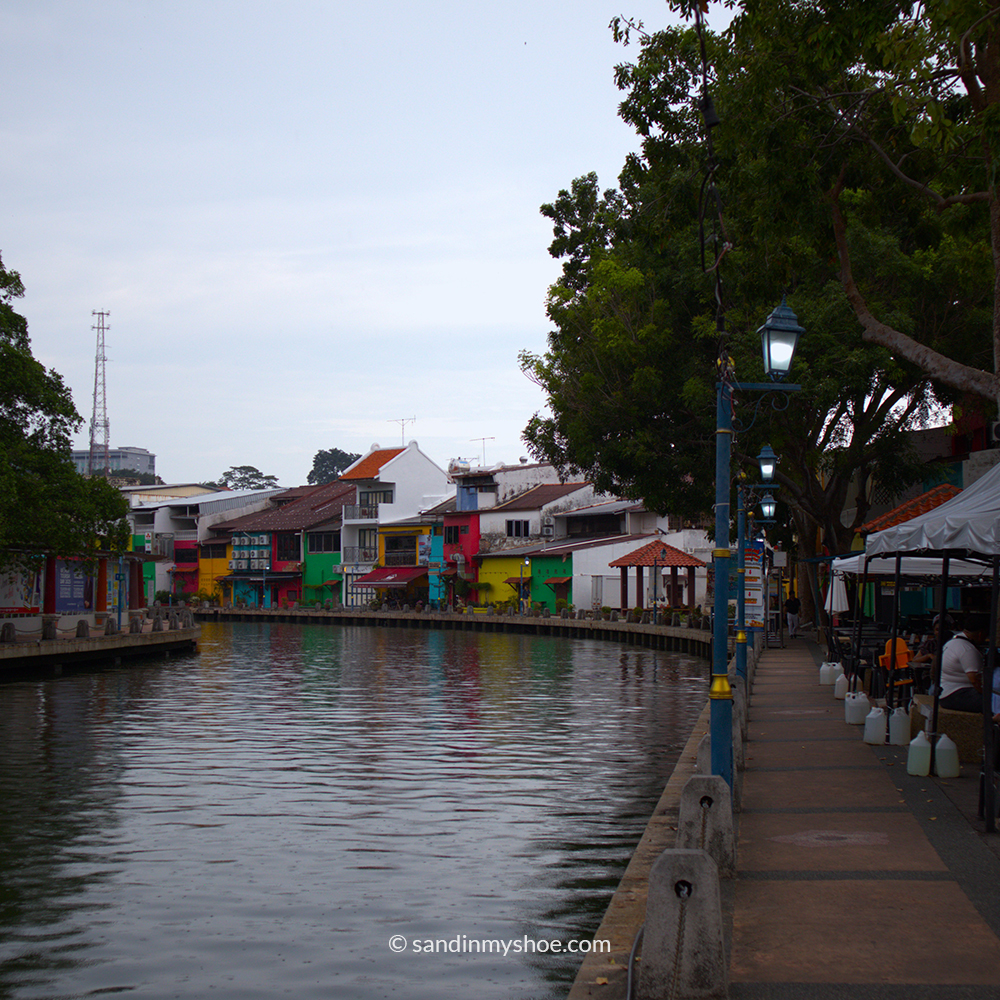
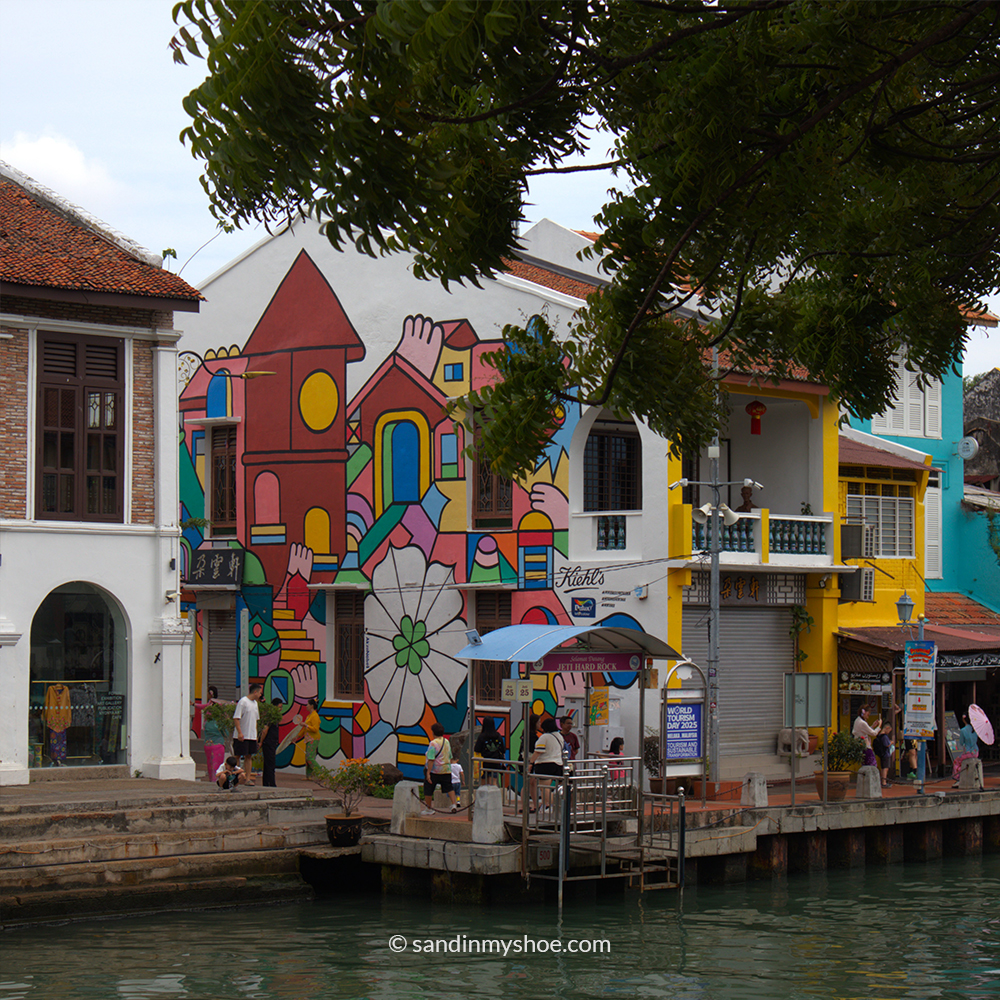
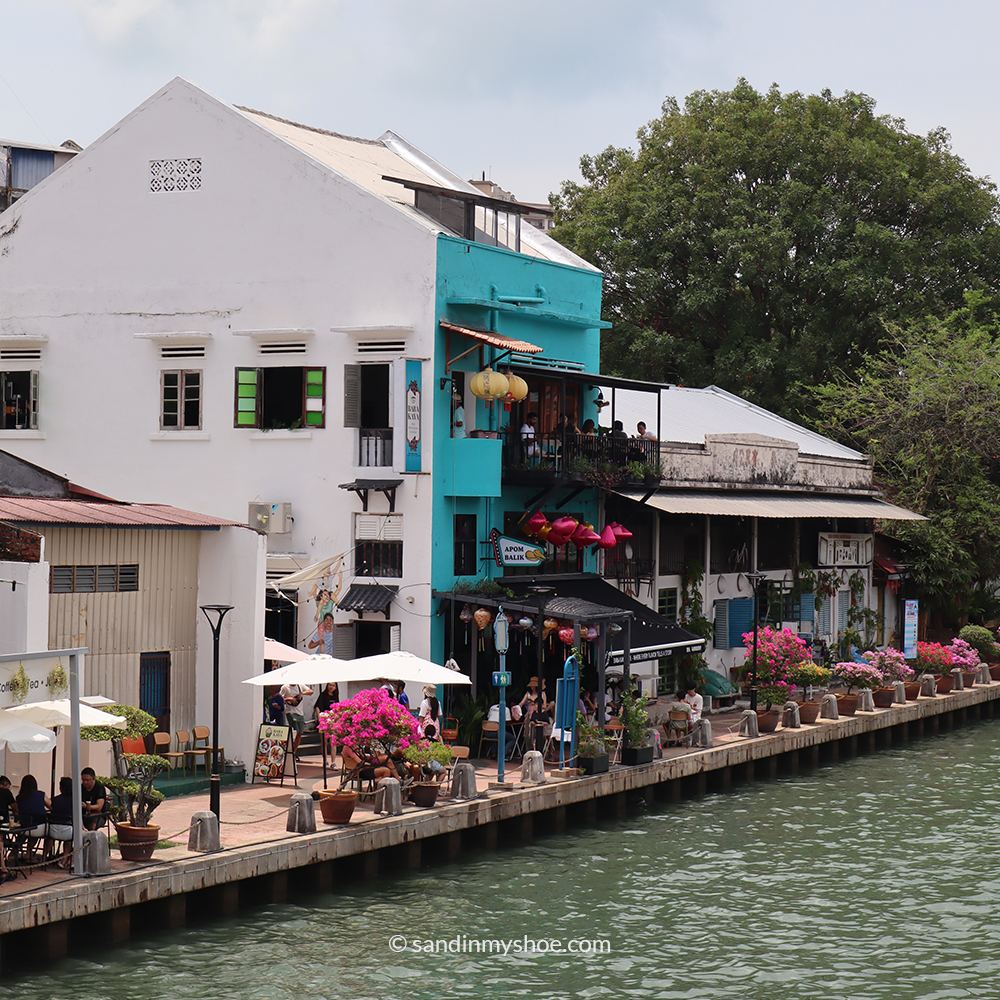
Portuguese Period: Colonial Ruins & Forts (1511–1641)
The first colonial power in Malacca was the Portuguese, whose legacy you’ll encounter on this Malacca itinerary mostly as impressive ruins rather than intact buildings. The closest sites to include are A Famosa and St. Paul’s Hill. The original Portuguese settlement lies a bit further away but is worth visiting if your Malacca itinerary allows extra time. For most visitors, it’s best to explore the nearby ruins first and save the settlement for another day. Details on the Portuguese settlement are at the end of this post.
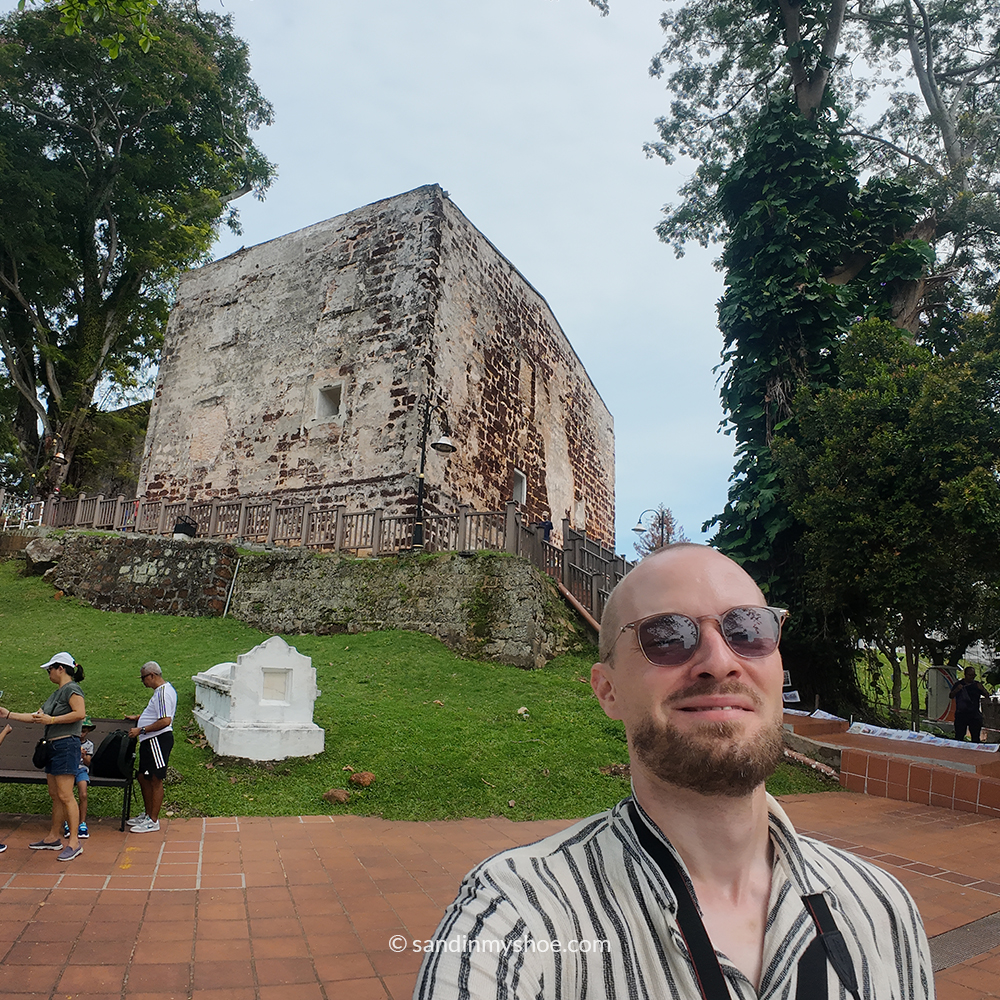
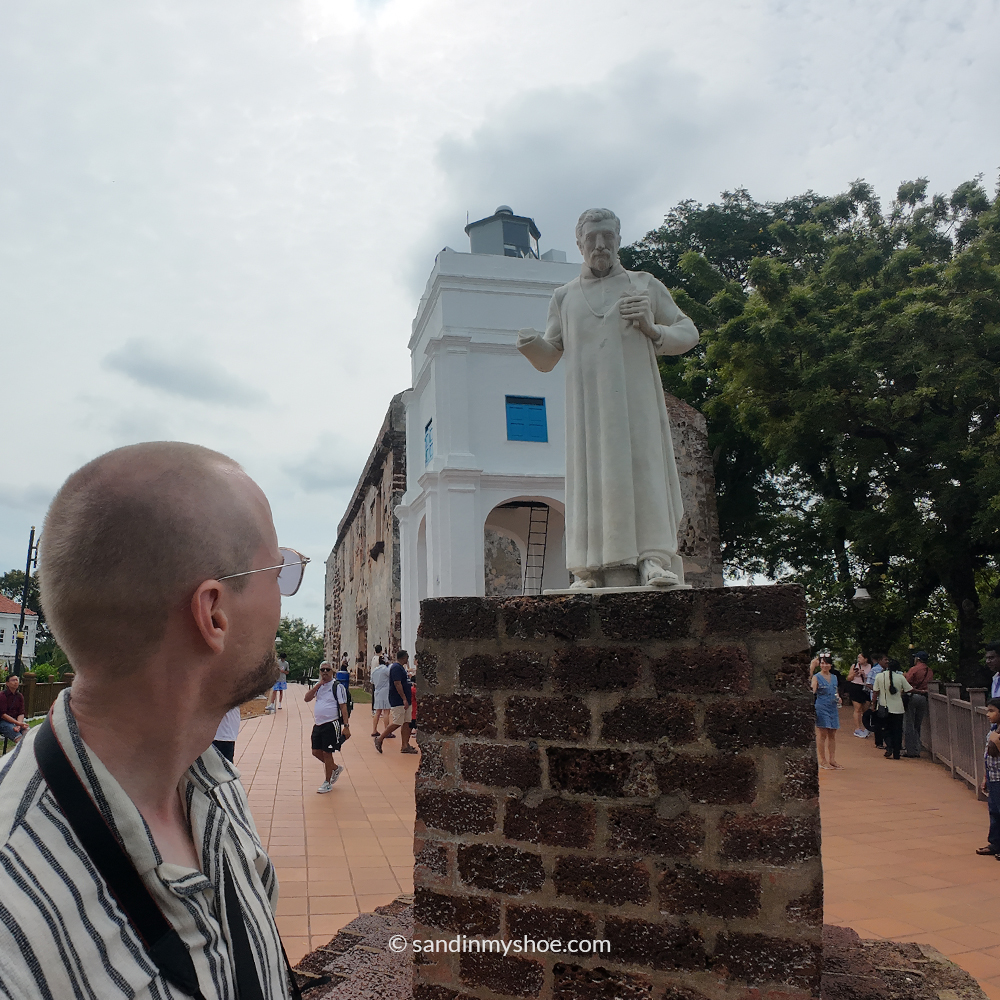
A Famosa
Once a magnificent Portuguese fort, A Famosa now stands mostly in ruins. This site offers glimpses into the military and colonial history of early European presence in Malacca. Surrounded by greenery and offers a great view of Malacca hill.
Admission: free
St. Paul’s Hill
As the name suggests, St. Paul’s Hill is located on top of a hill and provides a great view of the Strait of Malacca. It takes about 5 minutes to reach the summit. Nearby, you can also visit museums such as the Malacca Literature Museum and Governor’s museum.
Admission: free
Dutch Legacy in Malacca: Museums, Mosques & Red Square (1641–1824)
Explore Dutch Square, a highlight of your Malacca itinerary and a vivid legacy of Melaka’s Dutch rule. The Stadthuys, once the governor’s residence, now houses the History Museum, while nearby Christ Church (1753) showcases classic Dutch architecture with its iconic red facade and wooden beams. This area beautifully reflects the order and influence the Dutch brought during nearly two centuries of control. Also from this era are the Masjid Kampung Hulu (1728) and Kampung Kling Mosque (1748), both remarkable examples of how Islamic architecture and culture thrived and adapted under Dutch rule, showcasing unique blends of Javanese, Chinese, Hindu, and colonial influences.
Dutch Square (Red Square): The Heart of Colonial Power
This is the heart of Dutch Malacca — all the buildings are painted red, so it’s called the Red Square. It’s a busy, lively spot with great photo ops. The red buildings really stand out and remind you of the Dutch colonial presence.
Admission: free
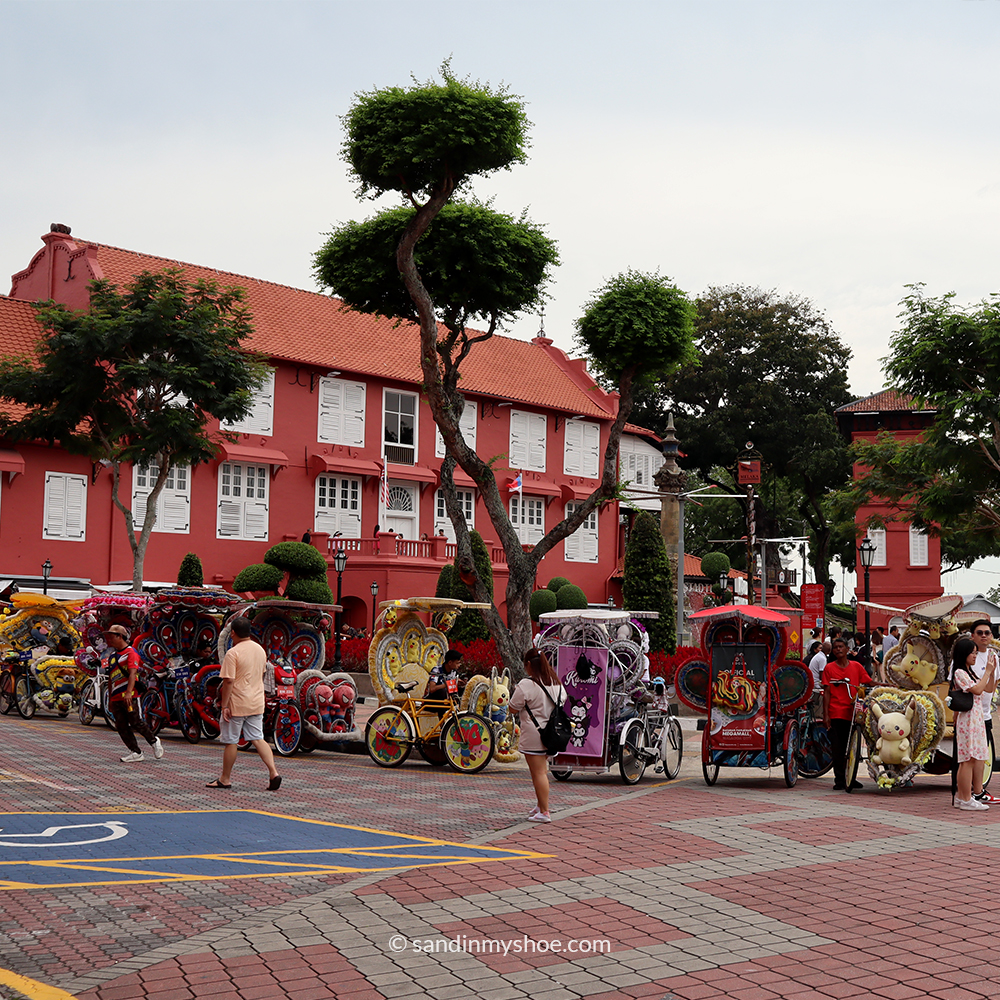

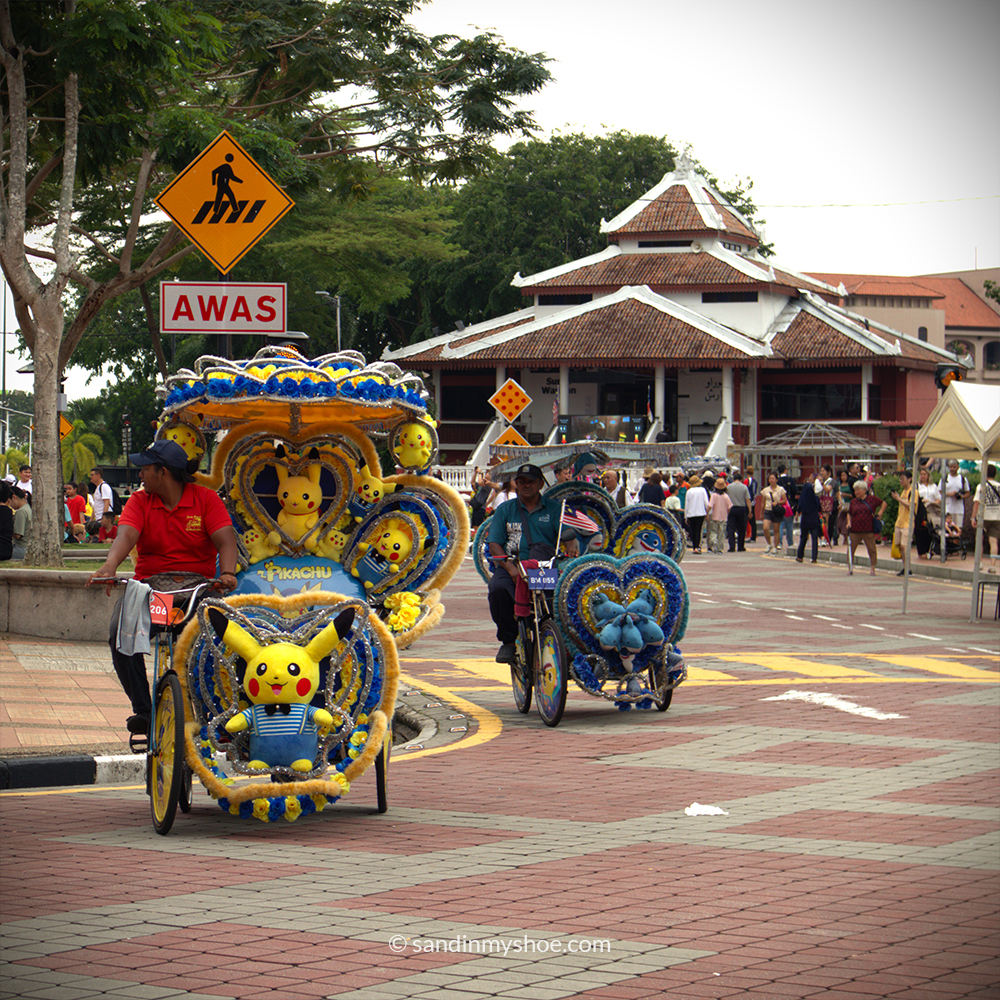
Stadthuys
Right here is the Stadthuys, built in 1650 and one of the oldest Dutch buildings in Asia. It used to be where the Dutch governors lived and worked. Now it’s a museum where you can learn about Malacca’s history — definitely worth a visit to get the full picture of the Dutch era.
Admission: RM20 for adults and RM10 for children (for foreigners). Locals pay half price.
Cheng Hoon Teng: Oldest Chinese Temple in Malaysia
This is the oldest Chinese temple in Malaysia, built during the Dutch period by Chinese leaders called Kapitans Tay Kie Ki and Tay Hong Yong. The temple combines Taoism, Buddhism, and Confucianism, and the architecture is classic Southern Chinese style with beautiful wood carvings and stone inscriptions. It shows how strong the Chinese community was even under Dutch rule.
Admission: free

Masjid Kampung Hulu: A Mosque Blending Cultures
One of the oldest mosques in Malacca, built during the Dutch times. It has a unique style — no dome, but a tiered roof influenced by Javanese and Chinese designs. It shows how Islam stayed alive and adapting even under colonial powers.
Admission: free
Kampung Kling Mosque: Indian Muslim Heritage and Design
Built by Indian Muslim traders, this mosque mixes different styles — you’ll notice the pagoda-like minaret that looks like a Chinese temple tower, plus Hindu and colonial influences. It really reflects Malacca’s diverse and tolerant culture during the Dutch era.
Admission: free
Lunch on Jonker Street
No Malacca itinerary is complete without lunch on bustling Jonker Street. Try Malacca’s signature dish: chicken rice balls, a unique take on Hainanese chicken rice with bite-sized rice spheres. For dessert, enjoy a bowl of cendol, a refreshing mix of shaved ice, coconut milk, palm sugar (gula Melaka), and green rice jelly — perfect for a mid-day treat.
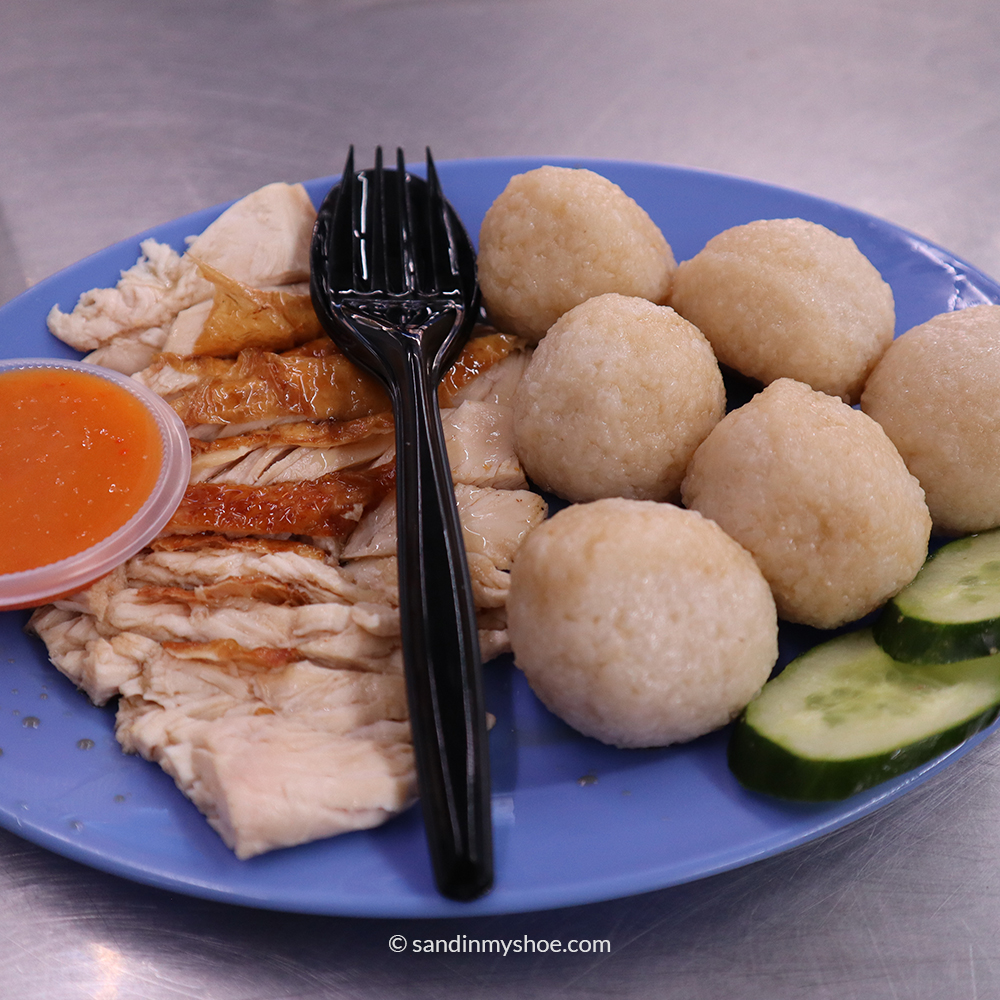
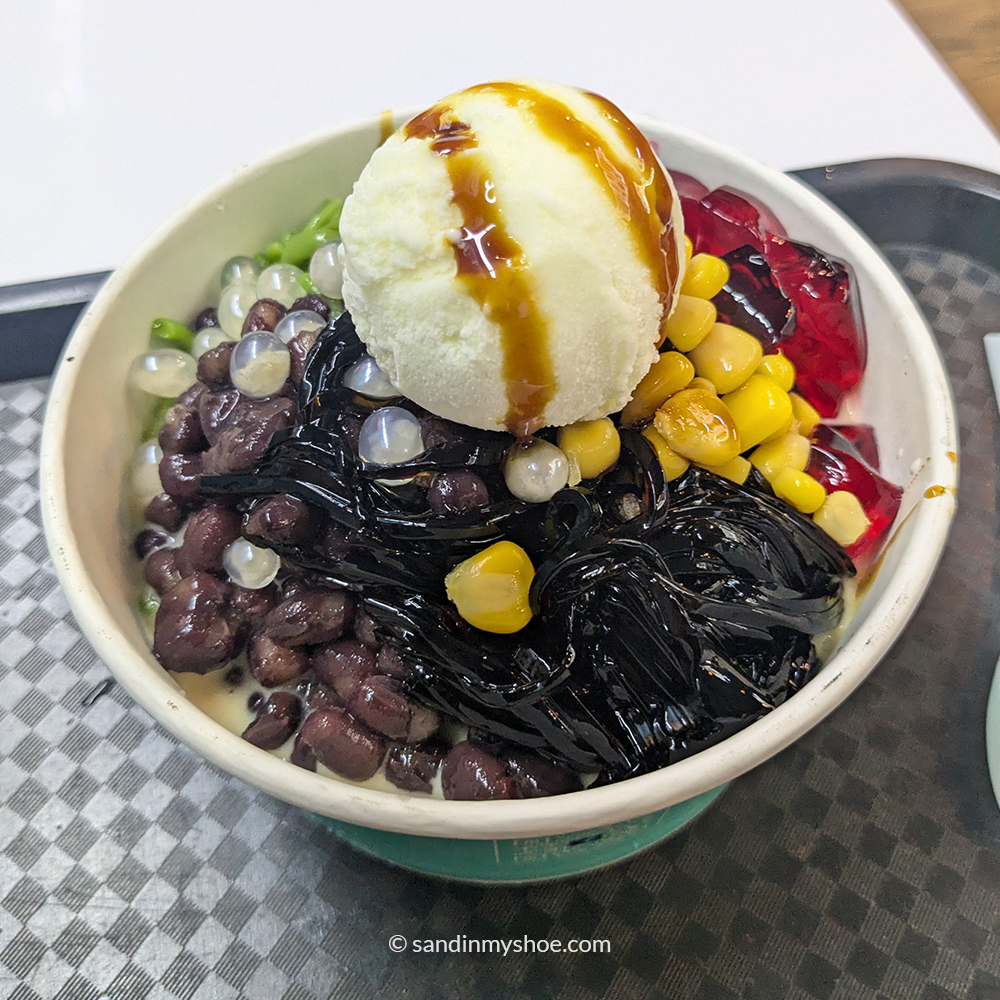
British Colonial Highlights: Clock Towers, Fountains & Final Rule
You’ve probably already seen the first two sights when you saw the dutch sites before lunch.
Malacca Clock Tower: A Symbol of Local and British Influence
This clock tower was built during the British era by a wealthy Peranakan merchant. It’s a nice landmark right in the middle of town and shows how local elites played a role during colonial times.
Admission: free
Queen Victoria’s Fountain: A Tribute from Colonial Times
Just nearby is Queen Victoria’s Fountain, another reminder of British influence in Malacca. It’s a small but charming piece of colonial history.
Admission: free
Proclamation of Independence Memorial
This building used to be the Malacca Club — an exclusive social club for British colonial officers and elites. After independence, it was turned into a museum symbolizing the end of colonial rule and the birth of Malaysia as a nation. It’s a must-visit to understand the final chapter of Malacca’s colonial story.
Admission: free

Evening: Jonkers Street
After you finish your day, go relax at your hotel and then head to Jonker Street in the evening.
Jonker Street—also known as Jalan Hang Jebat—is the beating heart of Malacca’s historic Chinatown in Malaysia. It’s famous for its vibrant weekend night market, rich cultural mix, and colonial-era charm.
The charm of the old buildings is full of character and gives a nostalgic feeling. You can browse around for gifts, unique ornaments, and local crafts. There’s something for everyone, whether you’re shopping for souvenirs or just exploring. The street food is another major highlight — from authentic Malaysian dishes to fusion snacks and refreshing drinks, there are so many local flavors to try!
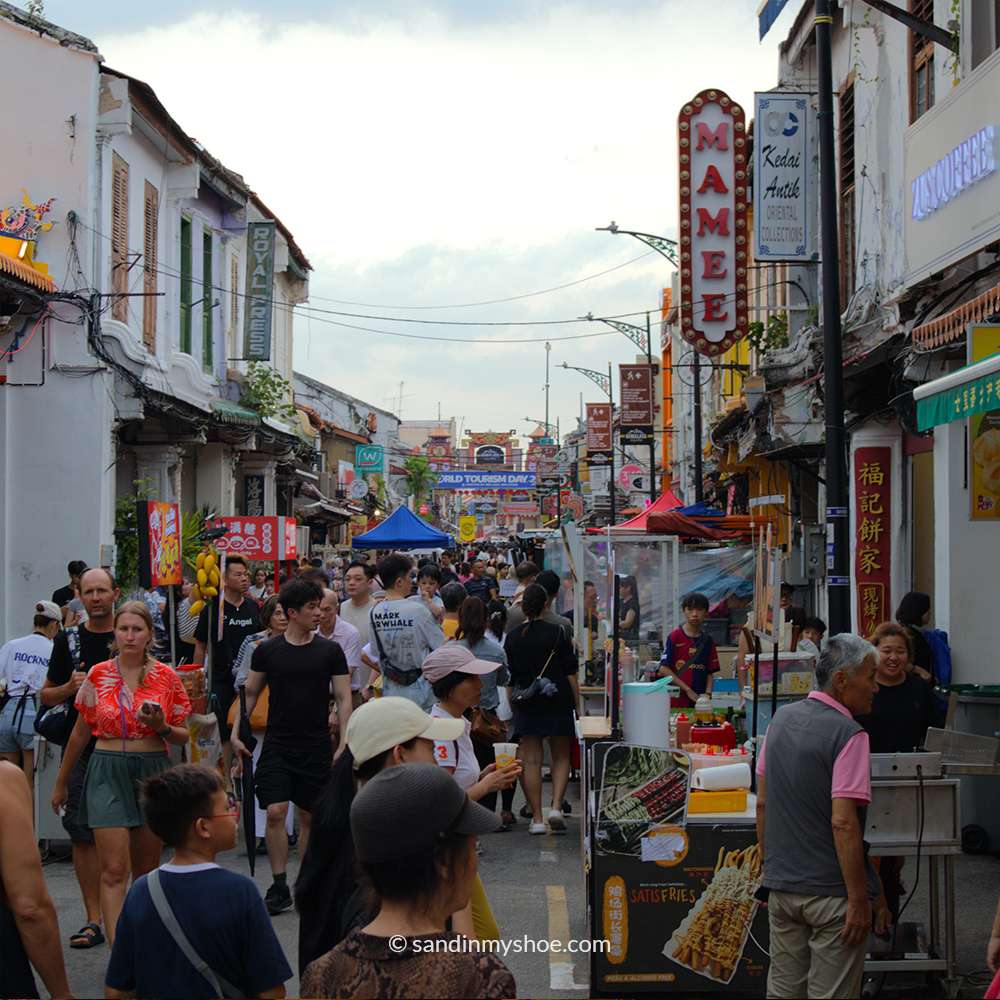
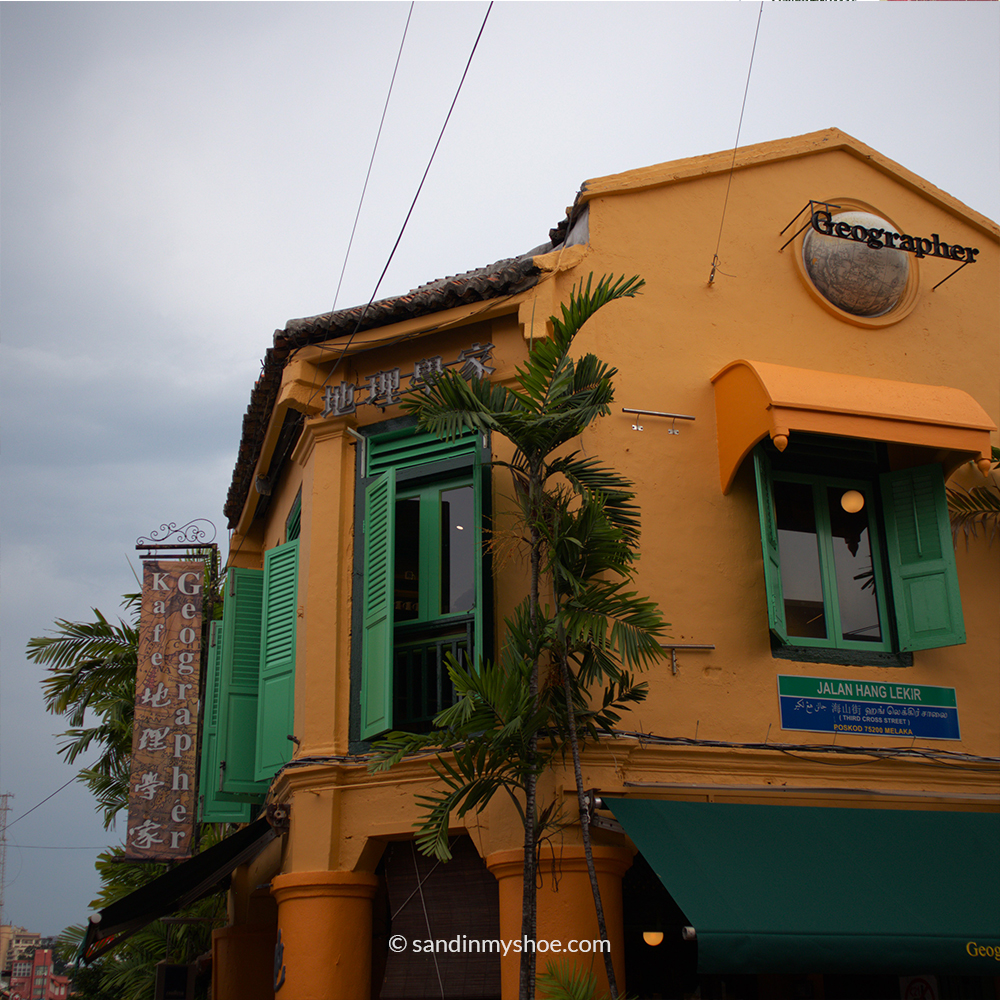
Other sights that might interest you
Map Overview of the Other Sights
Masjid Selat
A beautiful mosque right by the shore, built in 2006. It’s quite new, but the setting is stunning — especially at sunset, when it looks like it’s floating on the sea.
Admission: free
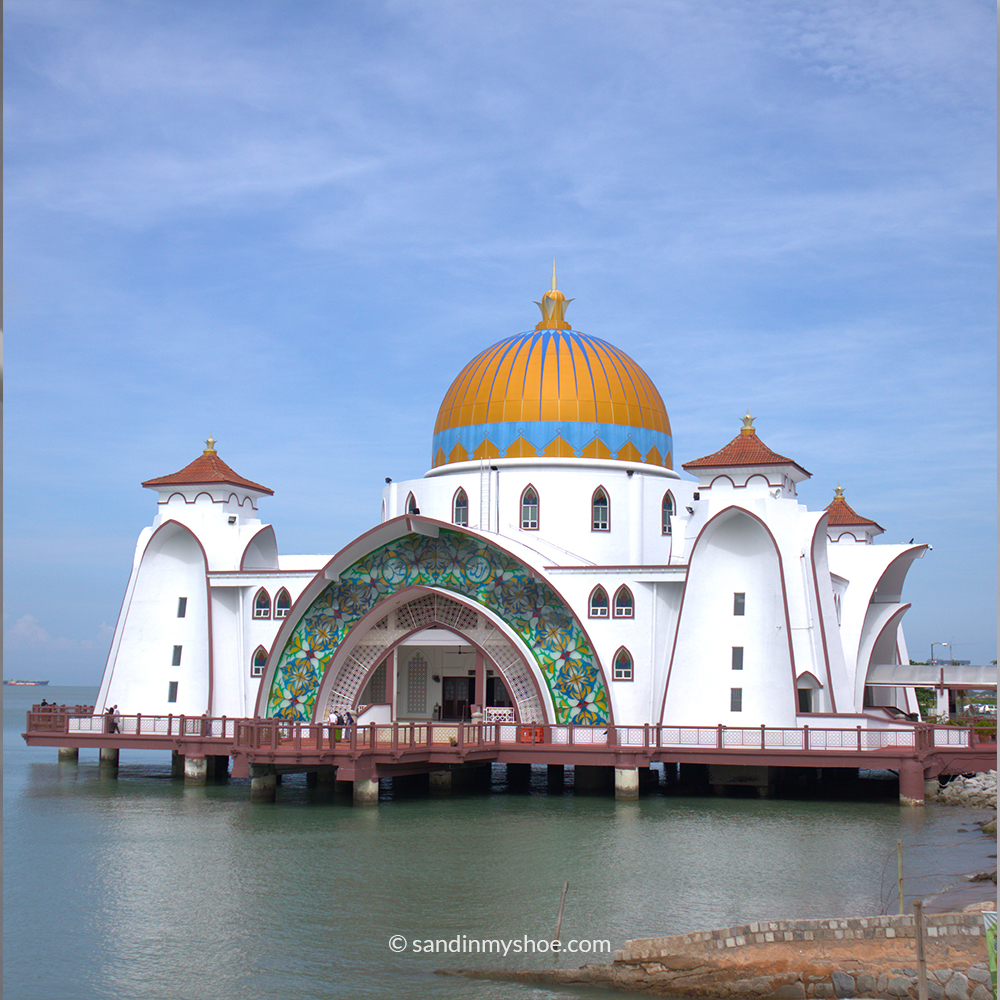
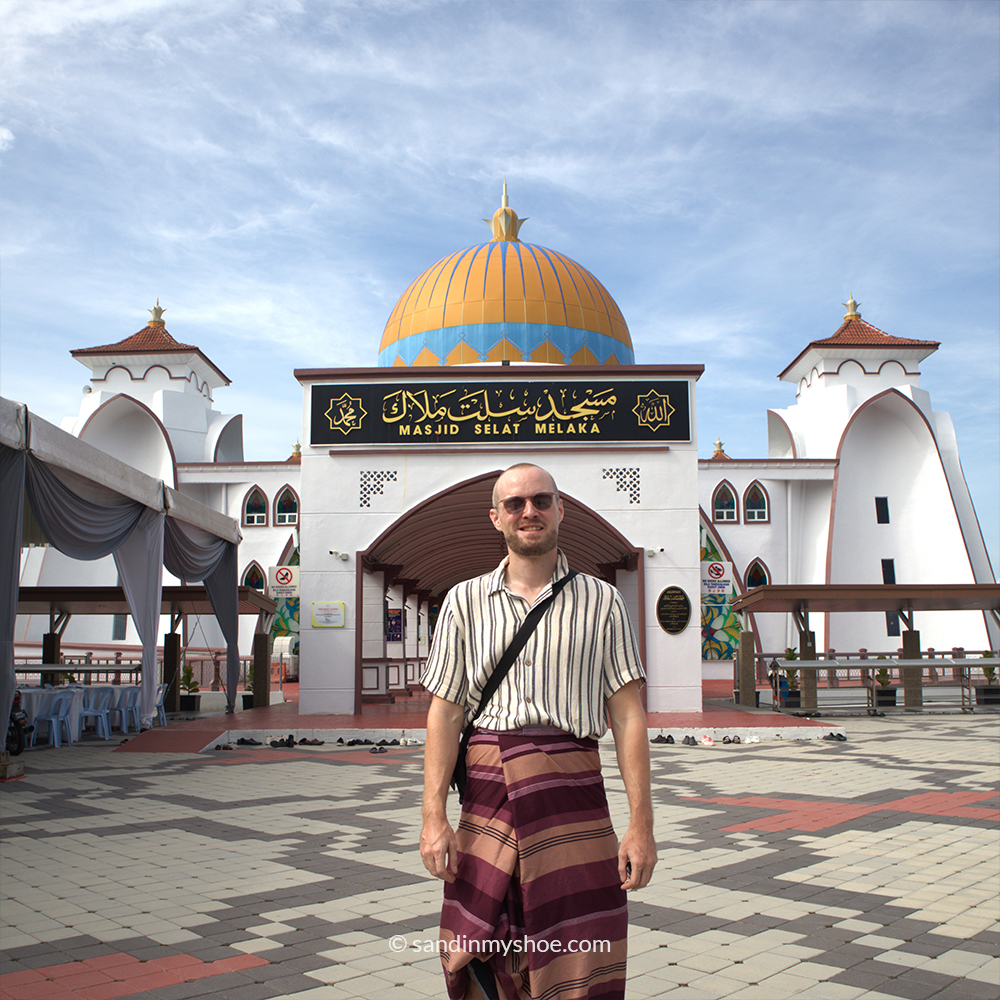
Tanjung Kling Beach (20 km away)
If you’re in the mood for some beach time, Tanjung Kling is a decent option about 20 km from Malacca. It’s quiet, laid-back, and good for a relaxed half-day trip to get away from the city. It is possible to get here with a local bus.
Admission: free
Portuguese Settlement
A unique neighborhood with a Portuguese-Malay community. Some of the older residents still speak Kristang, a creole language mixing Portuguese and Malay. With my limited Portuguese, I was able to have a few conversations — a really pleasant and memorable experience. If you’re Portuguese or speak the language, I’d definitely recommend checking it out.
Admission: free
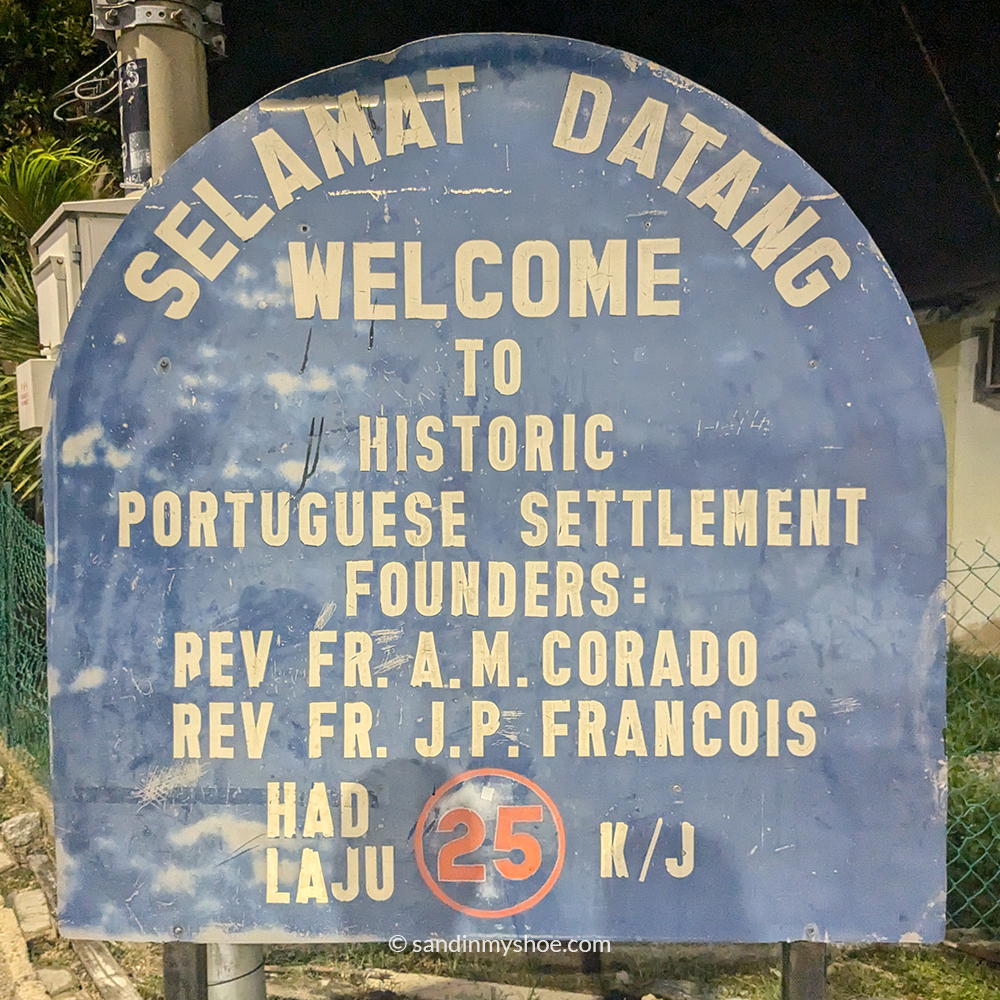
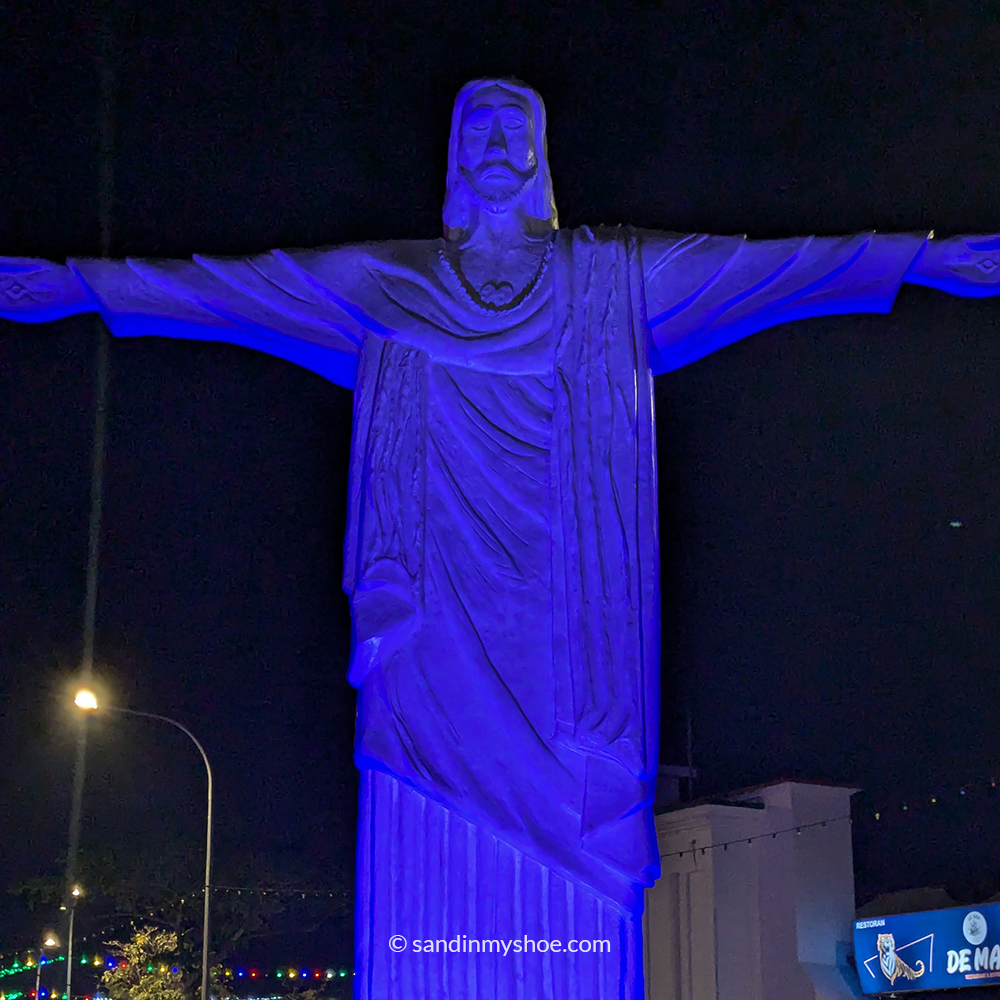
St. John’s Fort
Another piece of colonial history. It’s smaller and less visited than other forts, but still worth a stop if you enjoy old ruins, big canons, nice views, and a peaceful setting sometimes together with monkeys.





No comments yet, be the first one!
I appreciate hearing from you. If you have any suggestions, questions, or feedback, please leave a comment below. Your input helps ensure the information stays relevant and up to date for everyone.
Thank you for sharing your thoughts!